With reduced production and higher prices, climate change may lead to no coffee to drink in the future?
For professional baristas, please follow the coffee workshop (Wechat official account cafe_style)
Central America is too humid and Brazil is too dry to teach coffee what to do.
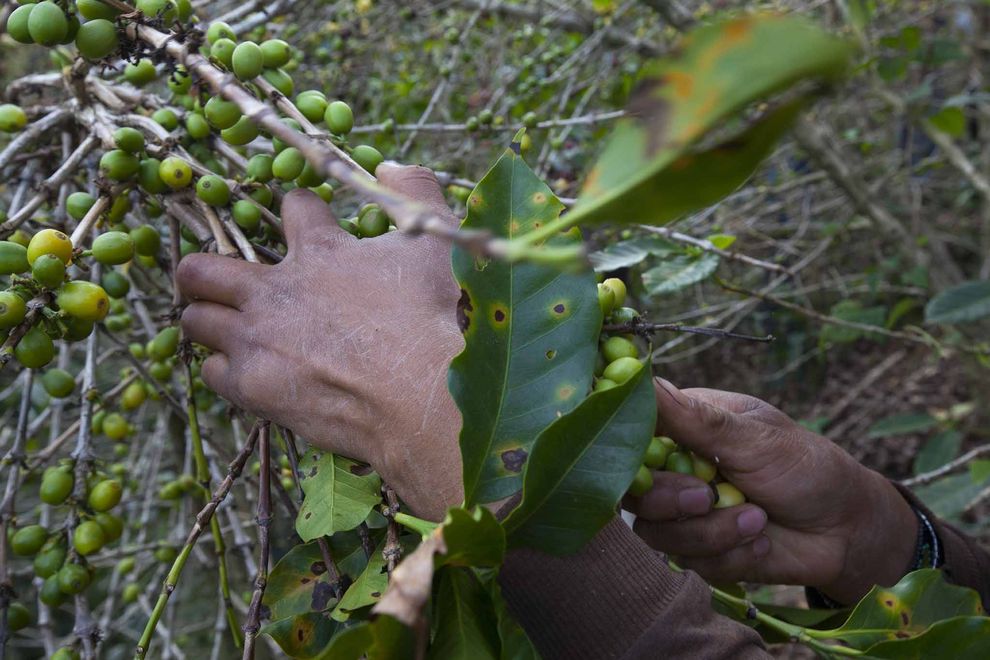
In Guatemala and throughout Central America, coffee production has been greatly reduced by infection with a fungus called coffee rust. Along the equator, which is most suitable for coffee growth, the problem of yield reduction is mostly due to extreme rainfall.
PHOTOGRAPH BY JANET JARMAN
Written by: Dan Stone, National Geographic
For nearly six years, a fungus commonly known as "coffee rust" has killed a large number of coffee trees in Central America, so many that scientists believe that coffee harvests in the region could be reduced by as much as 40%.
Now researchers are in a hurry to maintain the global coffee supply, but there are signs that climate change and extreme weather may exacerbate the problem.
The culprit is a phenomenon that scientists call "climate change", in which weather patterns change dramatically every year. The increase in rainfall in recent years means more coffee rust fungi, which cover coffee leaves, block sunlight, prevent photosynthesis, and eventually the coffee trees fall down and die.
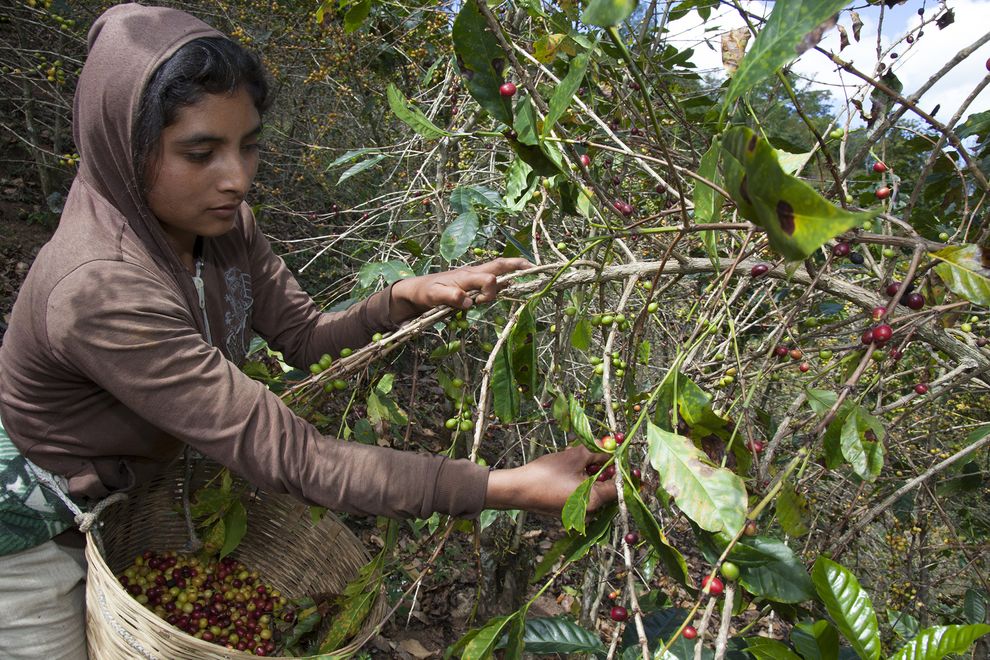
Coffee in South and Central America is mostly grown by small farmers. Coffee rust has caused great concern about the future price of coffee and the economic impact of the unemployment of a large number of coffee farmers.
PHOTOGRAPH BY JANET JARMAN
The United Nations team of climate scientists has found that torrential rains related to the baby and the anti-baby phenomenon (periodic changes in water temperature in the Pacific Ocean can affect rainfall near the equator) will be more intense in this century, bringing more precipitation.
This issue has attracted the attention of Central American governments, who believe that the pessimistic future of the coffee industry is a threat to the national economy. At the same time, some coffee producers have also received help from development organizations, which worry that if too many coffee farmers lose their jobs, it could lead to mass poverty and trigger other problems, such as the drug trade.
The United States (which consumes more coffee than any other country but produces little coffee) recently announced a $5 million grant to Texas A & M University's coffee research program to help combat coffee rust.
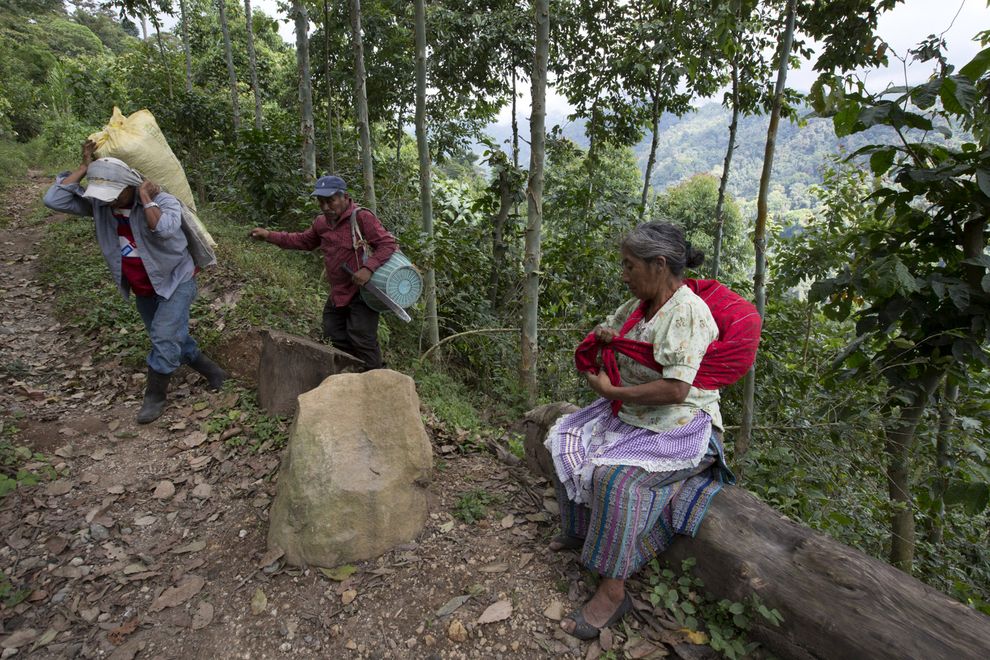
The small farm of Luis Manuel Antonio (far left), a coffee farmer in Guatemala, is ravaged by coffee rust. The poor harvest of coffee has brought stress and anxiety to him and his wife. In other areas, a decrease in income has led to an increase in child malnutrition cases.
PHOTOGRAPH BY JANET JARMAN
A climate suitable for coffee
Because the growth of coffee is extremely dependent on the weather, it is a very changeable crop. Too much water can encourage harmful fungi. Too little water will make the coffee tree too dry.
Coupled with the variables caused by colder winters, increased rainfall in some areas and not a single drop of rain in some areas, the world's third most popular drink (after water and tea) has become very difficult to produce.
"We used to think that seasons were not that important; now we understand that seasons really matter," said Alvaro Gaitan, director of plant pathology at Colombia's National Coffee Research Center.
Brazil, on the other hand, has the opposite problem of Central America: an unprecedented drought has caused coffee farmers to lose nearly 1/5 of their coffee production, which is usually 55 million bags.
The global price of coffee has risen from $1.20 a pound to nearly $2.20. Most of the large coffee chains, including Starbucks, absorbed the increased costs on their own, rather than passing them on to consumers.
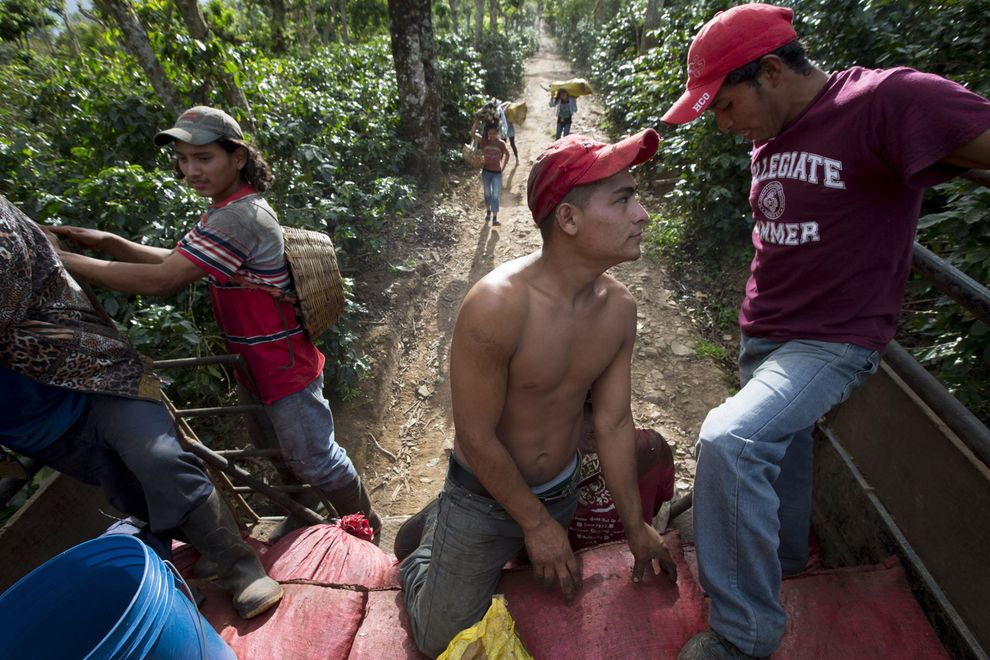
Coffee pickers in Nicaragua usually travel to work on various farms during the harvest, but their work is much reduced because of coffee rust. Some estimates suggest that the fungus has reduced annual coffee harvests in some parts of central America by as much as 40%.
PHOTOGRAPH BY JANET JARMAN
Important Notice :
前街咖啡 FrontStreet Coffee has moved to new addredd:
FrontStreet Coffee Address: 315,Donghua East Road,GuangZhou
Tel:020 38364473
- Prev
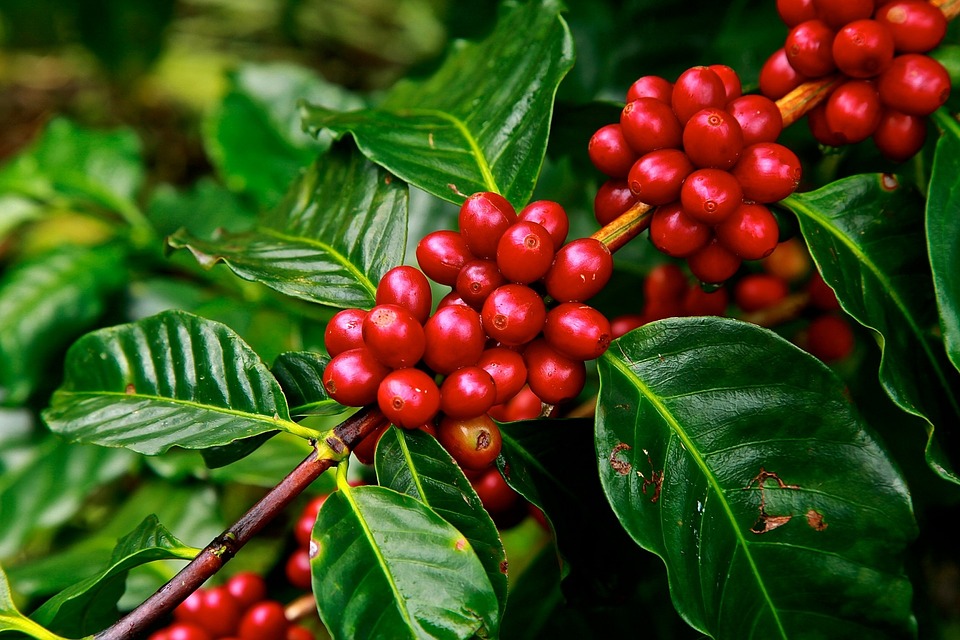
The vicious circle of climate change, the decline of bees and the decline of coffee production
Professional baristas Please pay attention to Coffee Workshop (Wechat official account cafe_style) Global warming has affected the growth of many crops, affecting coffee, not only reducing yields, drastic changes in flavor and aroma, but also aggravating crop diseases and insect pests. But what we may not have thought is that bees, one of the most important pollinating insects in nature, are also deeply affected by climate change.
- Next

The ingenuity of the brand-new mermaid star card, the talent playing the star card and the star card.
Schultz: launch a star card for 88 yuan each, three buy one get one free, and a breakfast coupon and a rising cup coupon. President of China: that's only 22 for one cup! We lost a lot of money. Schultz: first of all, people who use buy one get one free buy expensive ones if they want. President of China: yes, 88 is a fixed cost. It is up to them to decide how much they will earn in the end. The more you buy
Related
- What brand of black coffee is the most authentic and delicious? what are the characteristics of the flavor of the authentic Rose Summer Black Coffee?
- Introduction to the principle and characteristics of the correct use of mocha pot A detailed course of mocha pot brewing coffee is described in five steps.
- Which is better, decaf or regular coffee? how is decaf made?
- How much is a bag of four cat coffee?
- How about four Cat Coffee or Nestle Coffee? why is it a cheap scam?
- Which is better, Yunnan four Cats Coffee or Nestle Coffee? How about cat coffee? is it a fake scam? why is it so cheap?
- How about Cat Coffee? what grade is a hoax? which instant coffee tastes better, four Cat Coffee, Nestle Coffee or G7 coffee?
- Process flow chart of coffee making-Starbucks coffee making process what coffee tastes good at Starbucks
- The top ten best coffee beans in the world Rose summer coffee or Tanzanian coffee tastes good
- Yunnan four cat coffee is good to drink?_four cat coffee is a big brand? four cat blue mountain coffee is fake?

